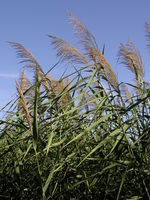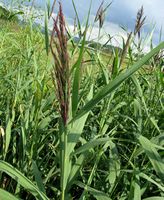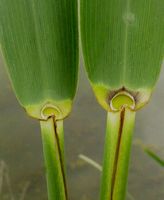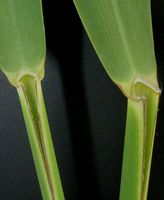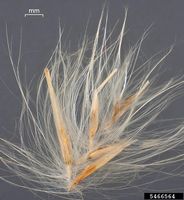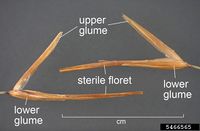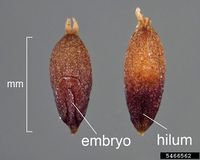Phragmites australis (weed)
| Literature database |
|---|
| 139 articles sorted by: |
| • year (descending) |
| • research topics |
| • countries/regions |
| • host plants |
| • list of antagonists |
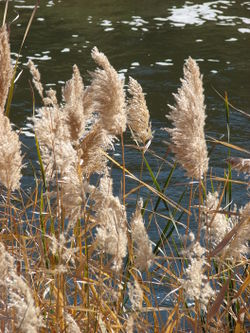
Author(s): Forest & Kim Starr
Source: Wikimedia Commons
Phragmites australis (weed) (Cav.) Trin. ex Steudel - (common reed)
The weed is widespread in freshwater and brakish wetlands and a threat to native plant communities in areas where it has been introduced. It is a strong competitor and once established in an area often outcompetes and shades out other plant species. In North America, the native American haplotype (P. australis spp. americanus) is replaced by the Eurasian haplotype which develops shoots from rhizomes more aggressively and has a higher salt tolerance. Hybrids between both types have been also reported. The situation is quite different in Europe, where reed beds have declined in some areas, e.g. due to an overabundance of nutrients (eutrophication).
Seeds are abundantly produced and disperse by wind and water (they float for several days). Seed dispersal by up to 10 km has been observed. Stands also expand through rhizome growth.
| Vernacular names | |
|---|---|
| • Deutsch: | Schilfrohr |
| • English: | common reed |
| • Español: | caña común |
| • Français: | roseau commun |
The plant can grow 2-4 m high. The leaves are 20-50 cm long and 2-3 cm wide. It produces a dark purple panicle in autumn, 20-40 cm long and with 3-7 flowers per spikelet.
Synonyms:
Phragmites australis americanus
Phragmites communis
For a special issue on this weed see the journal Biological Invasions, volume 18, issue 9 (2016).
- Other images of Phragmites australis (weed) (Wikimedia Commons, IPM Images and Open Media - click to enlarge)
